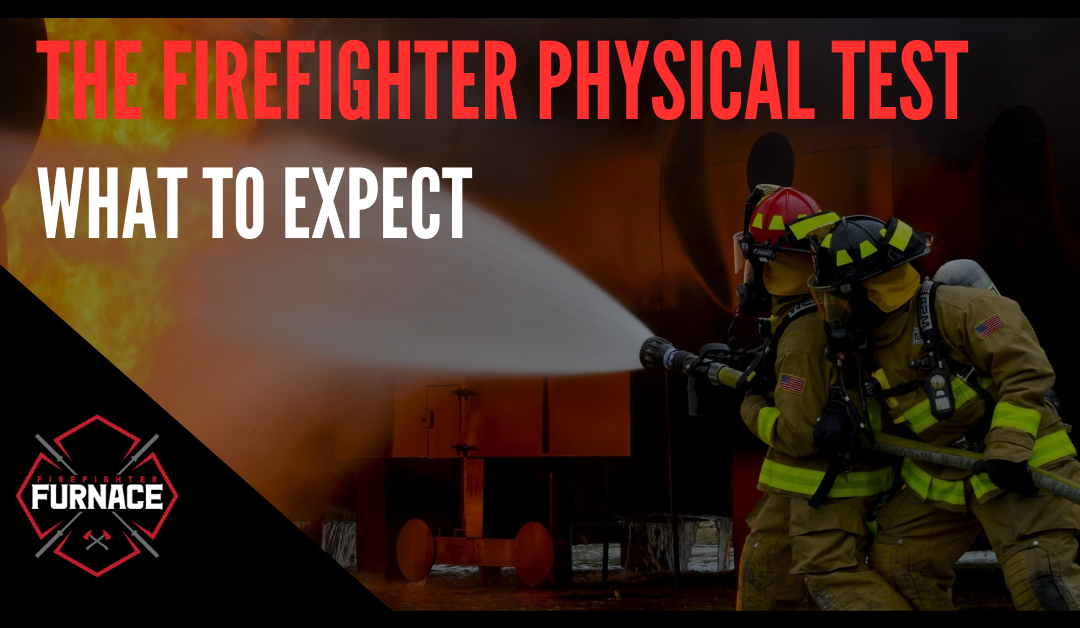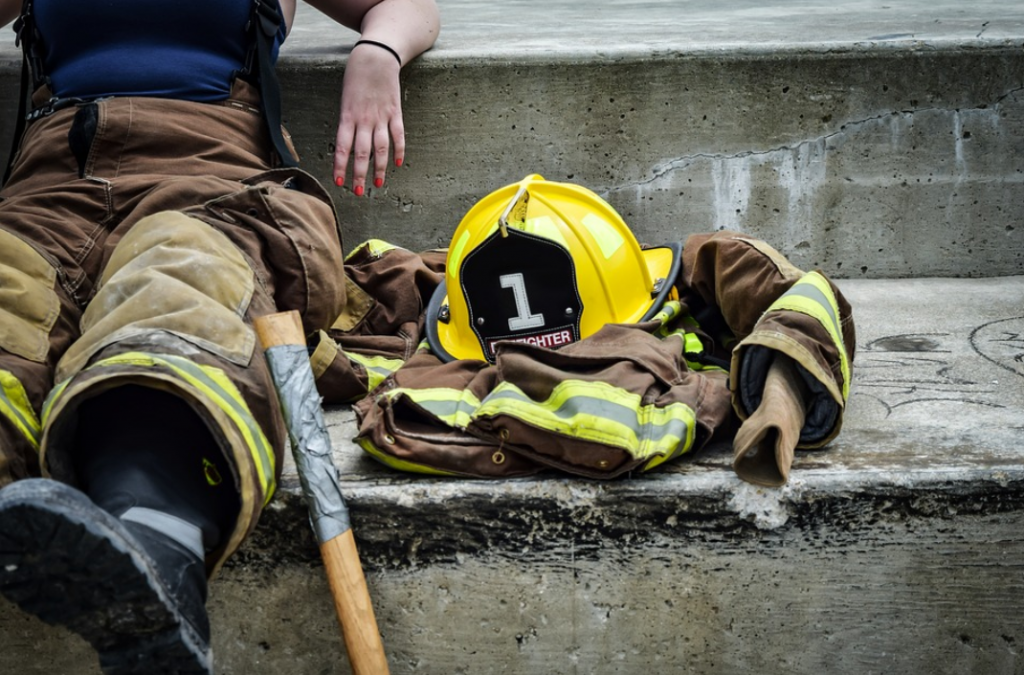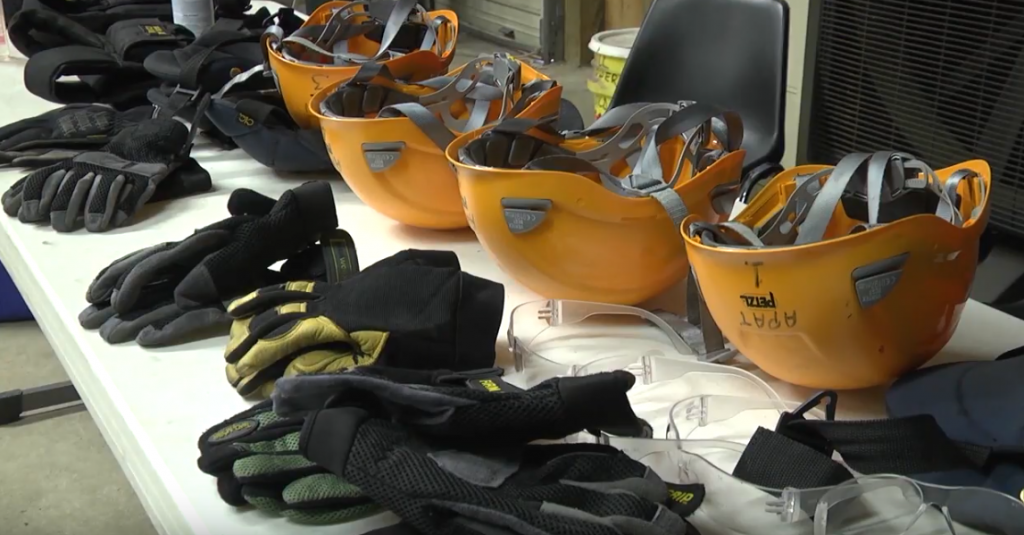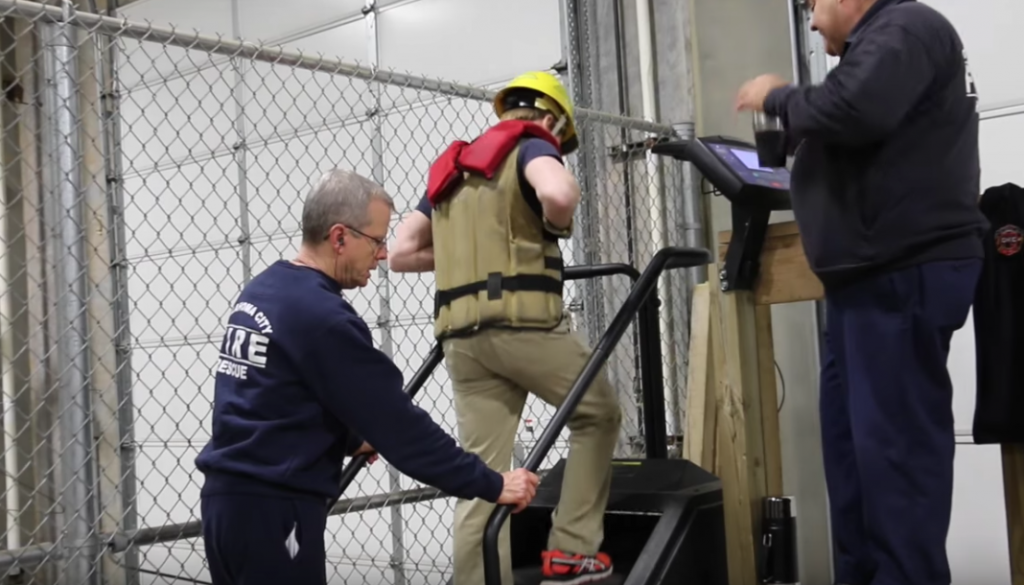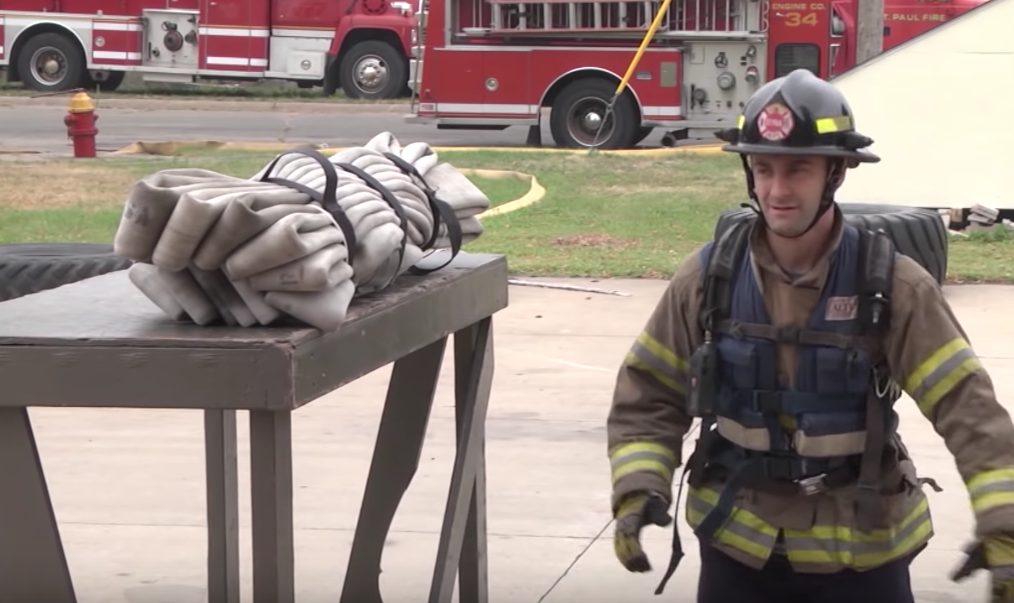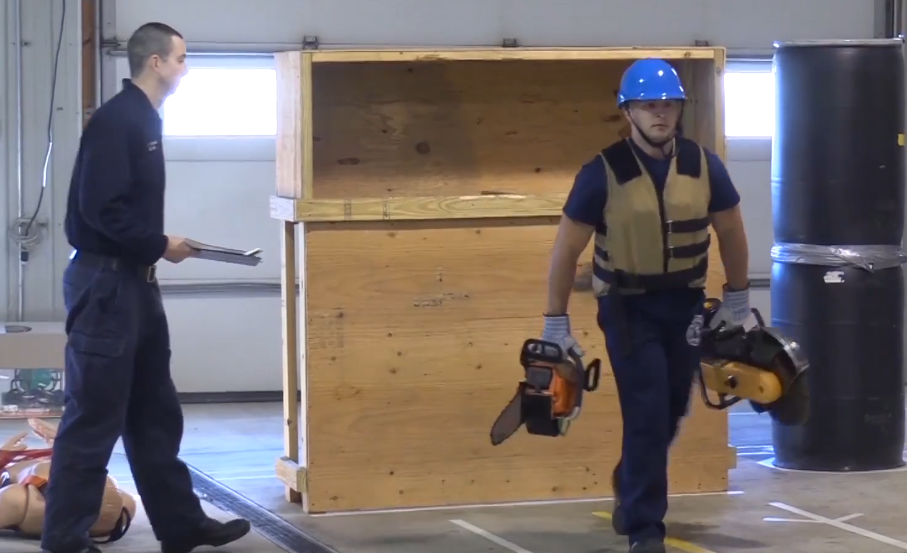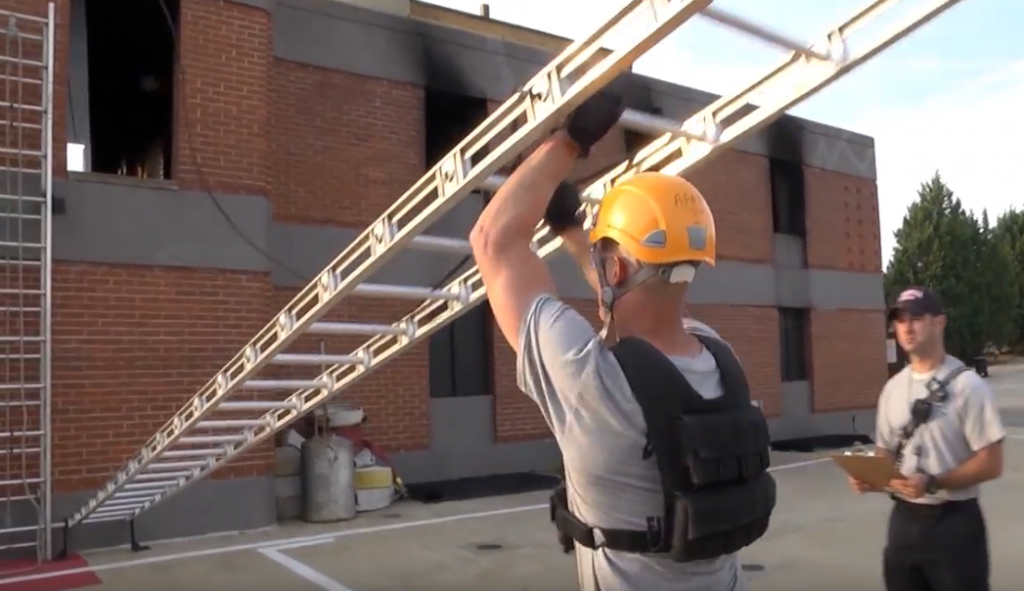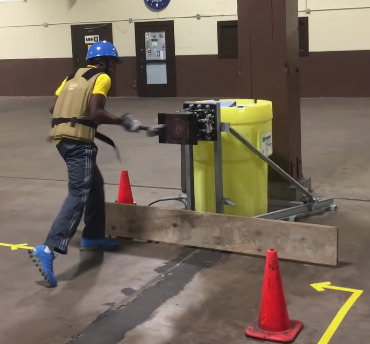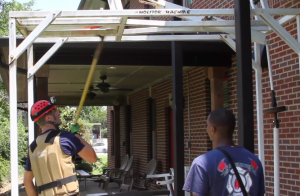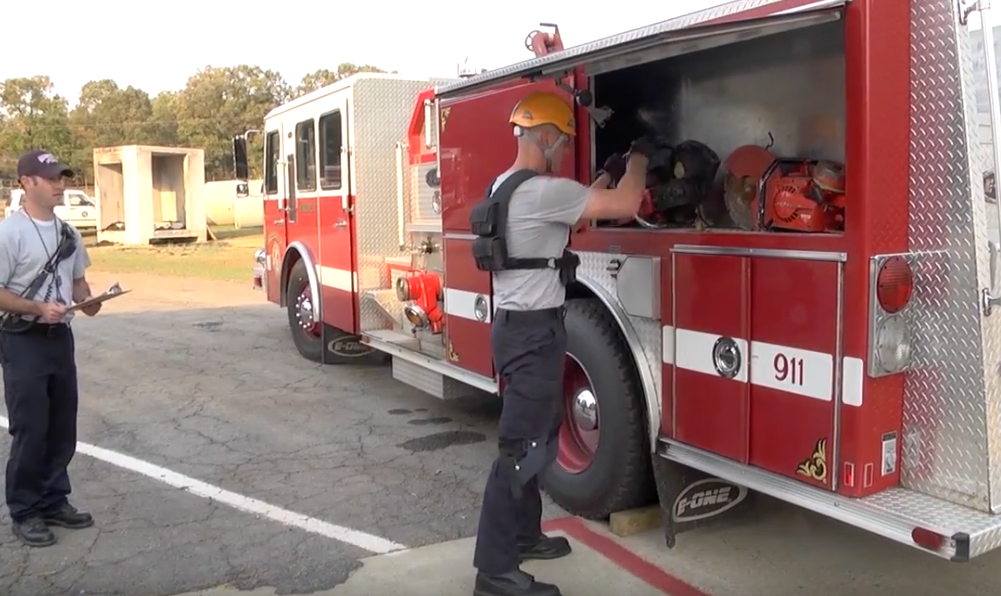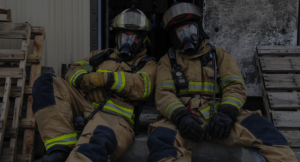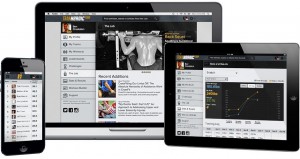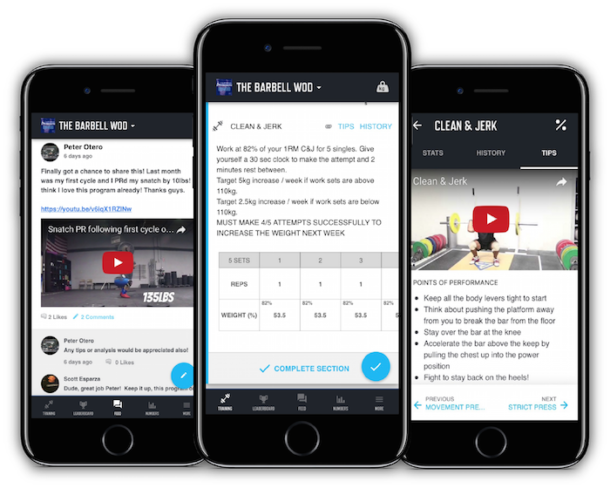The firefighter physical test is a critical part of how to become a firefighter. The exam ensures that those who move forward with becoming a firefighter have the right level of physical fitness. After all, being a firefighter is a physically demanding job, so this assessment allows departments to make sure that candidates are able to handle the demands.
Luckily, the vast majority of departments use a standard firefighter physical test. Here’s a look at what the firefighter fitness test is and what you can expect if you take part.
What is the Firefighter Physical Test?
While many people refer to the exam as the firefighter physical fitness test (or something similar), the most commonly used version has an official name. If you are striving to become a firefighter, you are going to take part in the Candidate Physical Ability Test, or CPAT.
The CPAT allows departments to ensure that you have a fitness level that is sufficient for performing a variety of typical firefighter duties. During this firefighter test, you will be assessed on your strength, endurance, agility, and other physical capabilities.
How the CPAT Firefighter Fitness Test Works
The CPAT is a monitored firefighter physical fitness exam. You will perform specific tasks under pre-defined conditions, all while your performance is being monitored by exam proctors.
What You Wear During the CPAT
Every aspect of the CPAT is controlled, including what you’ll have to wear while taking part in this firefighter fitness test. During the entire event, you’ll be wearing:
- Long Pants
- Hard Hat with Chin Strap
- Work Glove
- Closed Toe and Closed Heel Shoes
- 50-pound Vest
The 50-pound vest simulates wearing a self-contained breathing apparatus (SCBA), ensuring you can tolerate the weight of this vital piece of firefighter equipment.
During one of the CPAT events, you’ll also have to add another 25 pounds of weights. This mimics carrying a high-rise pack, another term for the hose bundle, when the two 12.5-pound weights are added to your shoulder area.
The 8 CPAT Evolutions
Each stage of the CPAT is referred to as an evolution. In total, you’ll go through eight evolutions. Each one simulates a firefighting situation, ensuring you have the physical capability to handle these activities.
Here’s a look at each of the eight CPAT revolutions you’ll face during the firefighter physical test:
1. Stair Climb
This is the CPAT evolution where you’ll be carrying that extra 25 pounds. Firefighters often climb stairs when fighting fires, so this test allows the department to assess your lower body muscular endurance, balance, and aerobic capacity.
During the stair climb test, you’ll be on a stair-climbing machine. After a 20-second warm-up, you need to be able to climb at a rate of 60 steps per minute or more for a full three minutes. Additionally, you have to do it without holding the rail, touching a wall, or dismounting the machine.
2. Hose Drag
If your goal is becoming a firefighter, the ability to drag a hose is a must. This firefighter fitness test stage is all about that one activity, gauging your aerobic capacity, muscular strength, endurance, grip, and more.
You’ll be completing a mini-obstacle course all with a 200-foot hose in tow. Up to eight feet of hose can be across your shoulder and chest. Then, you have to walk or run 75 feet, make a 90-degree turn, and then go another 25 feet before pulling an additional 50 feet of hose to you from that point.
This evolution doesn’t have a time limit, but it does impact your total time. However, if you don’t follow the set path, you won’t pass this stage, so make sure to be vigilant.
3. Equipment Carry
Now it’s time for some basic heavy lifting. You’ll need to move two saws from and back to a tool cabinet, covering a total distance of about 150 feet. This ensures you have the aerobic capacity, physical strength, and proper amount of endurance.
4. Ladder Raise and Extension
For this event, you’ll handle two 24-foot aluminum ladders. Since firefighters regularly need to use ladders to reach windows and roofs, this test ensures that you can manage these large contraptions.
You’ll be lifting ladders into position, raising and lowering extensions, and climbing the rungs. All of this is a critical part of overall firefighter fitness, including muscular endurance and strength.
5. Forcible Entry
Sometimes, firefighters can avoid obstacles; they have to break through them. During the forcible entry test, you’ll be using a 10-pound sledgehammer on a target, ensuring you have the strength and coordination to bust down a door or even breach a wall.
6. Search
Searching for fire victims isn’t just a walk through a building. At times, you’ll need to navigate obstacles, like fallen debris, to find people who are trapped.
Here, you’ll navigate a maze that includes obstacles and tight spaces, all while dealing with limited visibility. Your agility, balance, endurance, and body awareness are all tested during this event.
7. Rescue
If you want to become a firefighter, you need to be able to move fire victims and injured partners. In this evolution, you’ll be dealing with a weighted mannequin, simulating the task of moving a person who cannot walk or get away from the scene on their own. The mannequin weighs 165 pounds, and has to be dragged 70 feet and navigated through a 180-degree turn.
8. Ceiling Breach and Pull
In order to pass this stage, you’ll need to use a six-foot long pole with a hook on the end to simulate opening and closing areas on a ceiling. You’ll deal with a 60-pound hinged overhead door and a mechanical device that mimics pulling down on 80 pounds, testing your aerobic and anaerobic capability, upper and lower body strength, and grip.
Passing or Failing the CPAT
The scoring of the CPAT is fairly straightforward. You have up to 10 minutes and 20 seconds to complete all eight evolutions successfully. If you do, congratulations, you pass! If not, then you fail that attempt.
Not everyone passes the CPAT on their first try, even if they are generally physically fit. Many of the activities are unique to the world of firefighting. As a result, if you don’t specifically train to become a firefighter, you might struggle even if you’re in great shape.
However, by knowing what to expect, you can take get yourself ready for the CPAT. You don’t have to take part in formal firefighter training to work the right muscles in the proper way, and many people can get started by improving their fitness level at home on their own.
Consider the movements and muscles that are critical for firefighter fitness and let them be your guide. Otherwise, finding a firefighter training program can be a smart move, ensuring you are targeting the right areas.

